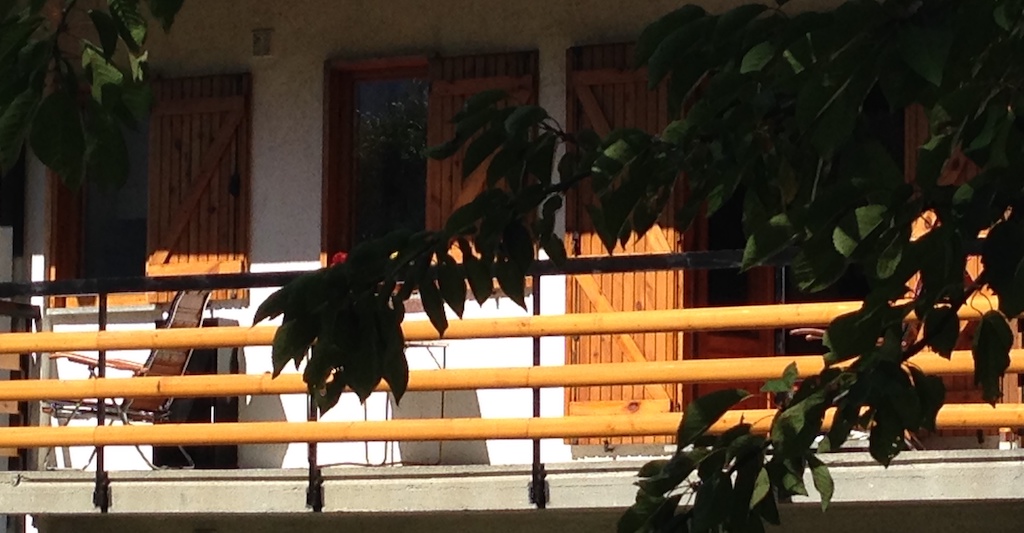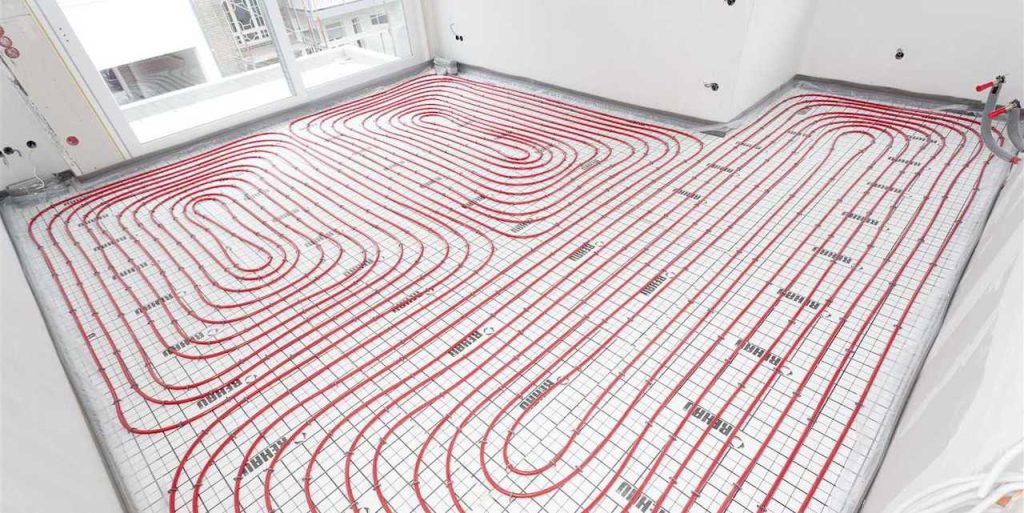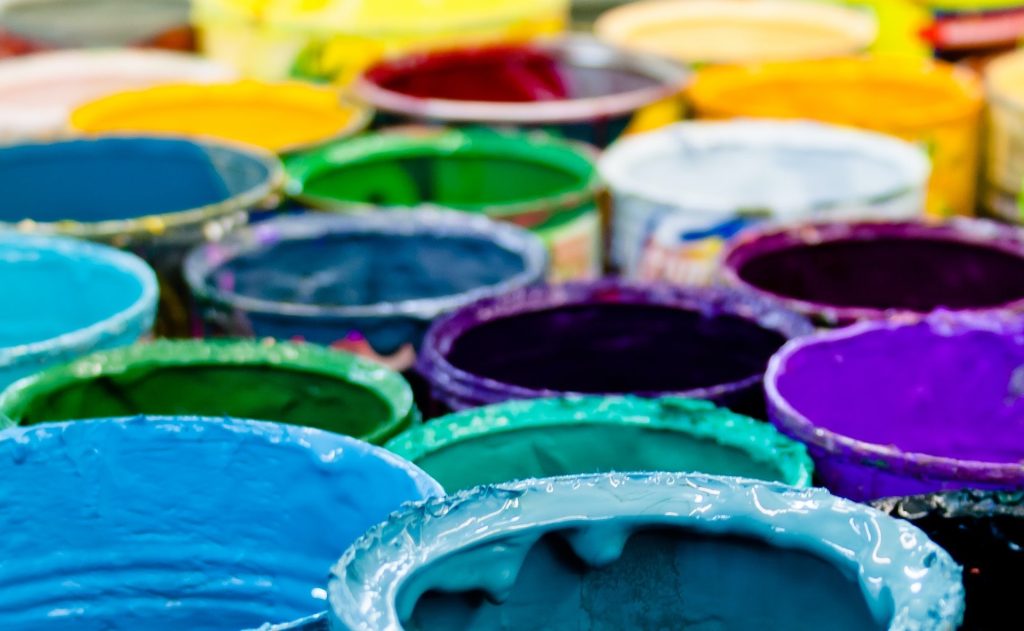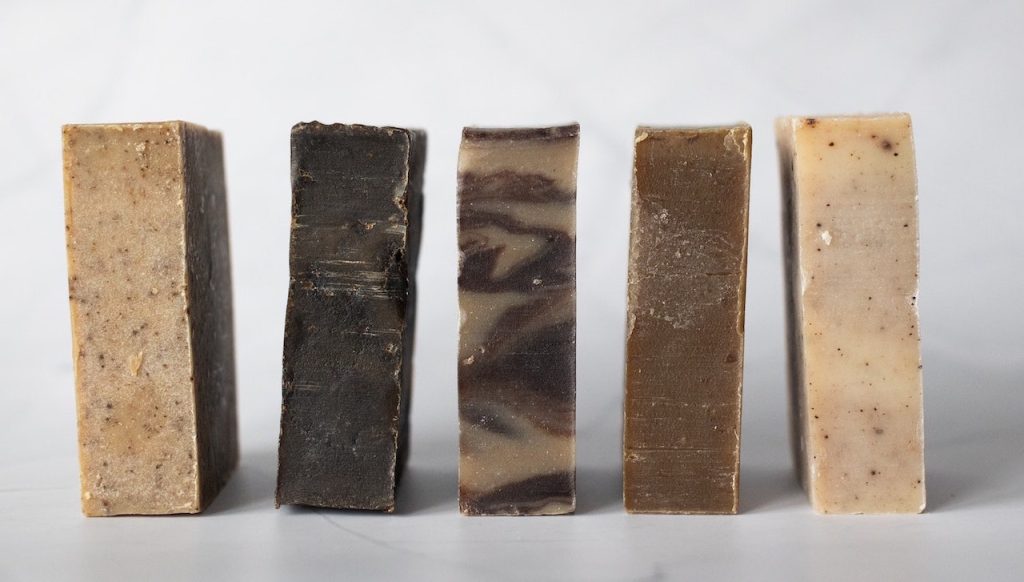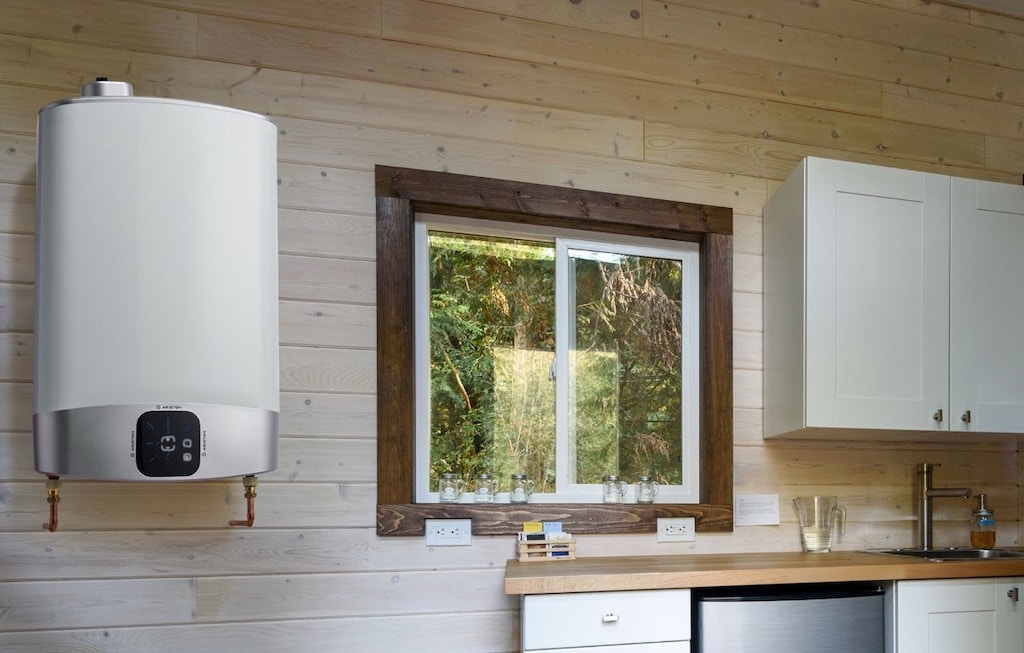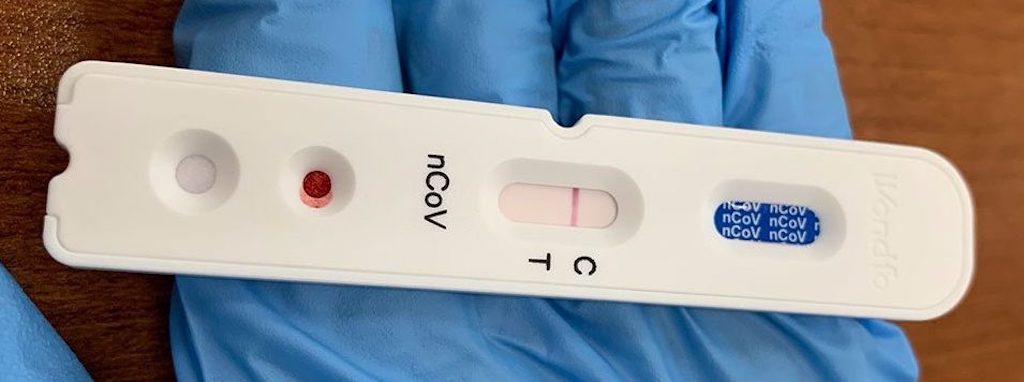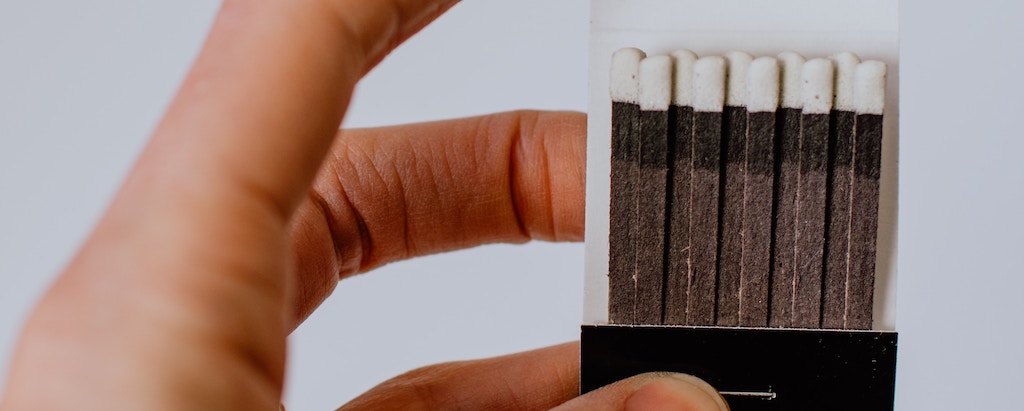In 2023 I wrote a post about varnishing, and things did not turn out as planned. So here is a 2024 update.
The above photo dates from 2017, when we last replaced the wooden balcony railings.
I won’t repeat what I wrote (in good faith) in 2023, but what did I expect to see during my visit in 2024? And what did I actually find?
As reminder in 2023 I found the water-based varnish easy to apply, although I was not totally convinced about its resistance to a winter in the mountains. But I did expect it to last for a few winters.
Returning in July 2024 I found the wood on my terrace in a very poor state.
The colour had not changed, the wood was still pale white in places.
But more importantly the vanish I had applied in summer 2023 was flaking and peeling away. The experts say this peeling happened because the surface was not properly prepared (or was contaminated). There is also the issue of a surface too smooth, creating a surface that varnish can’t properly adhere to. I did not think this was the case, but maybe the previous layers of varnish created a surface that later layers could not properly adhere to. Or maybe the under varnish had not fully set and dried, before I applied the next coat. And of course if the timber itself was not that sound then that would always produce poor results.
A good point often made by the experts is to lightly sand down the wood after each coating of vanish. Last year I did not do this. I layered on varnish in the hope that it would all bind together to create one protective coat. This clearly did not happen.
A very good point made was that a coating failure can be expected when the adhesion or cohesion of a layer within the coating is overcome by one or more external forces, e.g. moisture, unsound to badly weathered timber, contaminants or loose material on the surface, etc. Another reason worth noting was also the problem of an excessively smooth surface. Varnishing over excessively high gloss surfaces without sanding to remove gloss and provide a mechanical key for subsequent adhesion can be a problem.
Another aspect was that I remembered varnishing when the previously vanished wood surface was possible too hot due to the intensity of the sun during the summer.
What did I do this time?
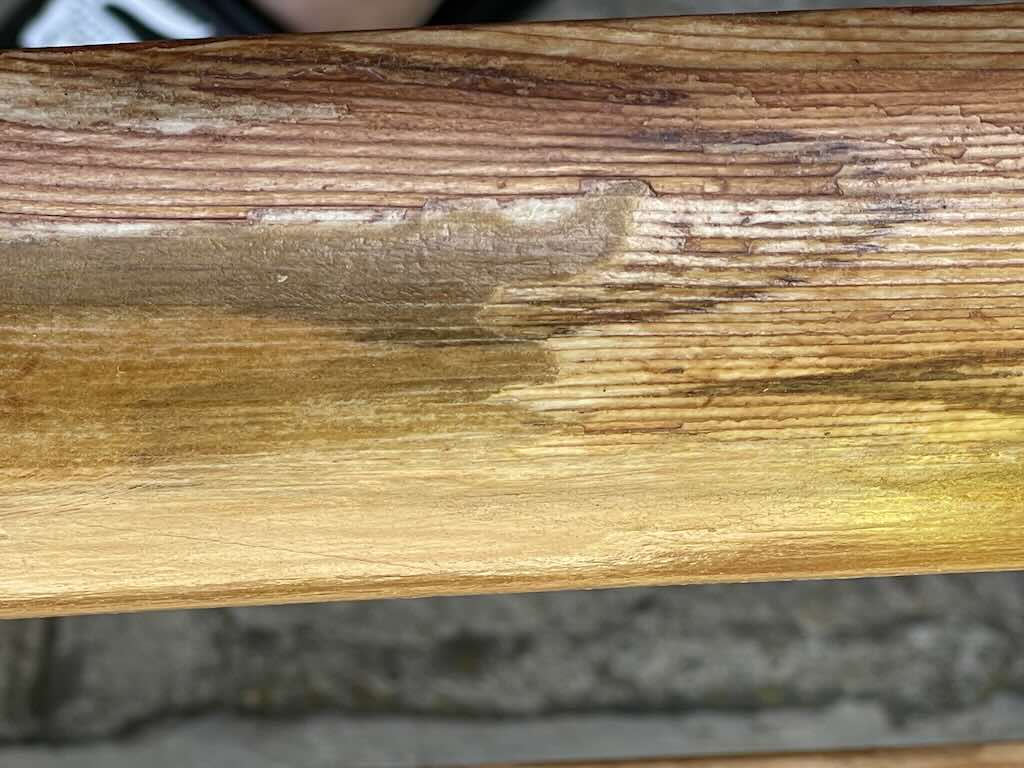
In any case I had to re-sand down the surfaces, which proved far more complicated and time consuming than I originally expected. As the varnish peeled off, more peeled off, so in large areas I had to go back to bare wood. I had also to ensure that there was a smooth transition with the remaining varnish and the freshly sanded wood.
The previous water-based varnish came from a general store in the village. My assumption at that time was that this would reflect what people regularly used in the local region.
But this time I went to a specialist DIY store in the main town and sourced a water-based gel varnish. I also decided to take a colour (Satin Douglas) as opposed to my usual transparent varnish coating.
The varnish was from V33, a French group specialising in all coating products, including wood protection.
Above we have the wood after the first coat of vanish. I had washed the wooden balcony railings and left them to dry for three days. I also painted very early in the morning, around 6:00 am, on a day when the weather forecast was for cloudy weather and around 26°C. It took about 20 minutes to varnish a total length of about 21 metres.
Below we have the wood after the second coat of varnish. Here I left the wooden balcony railing for about 3 weeks before applying the second coat. I sanded down the surface, washed it, and left to dry for two days. Again I applied the varnish around 6:30 am, on a day when the weather forecast was for cloudy weather and around 23°C. It again took about 20 minutes to varnish a total length of about 21 metres.
We will see next year if it survives the winter rain, snow and sunshine.
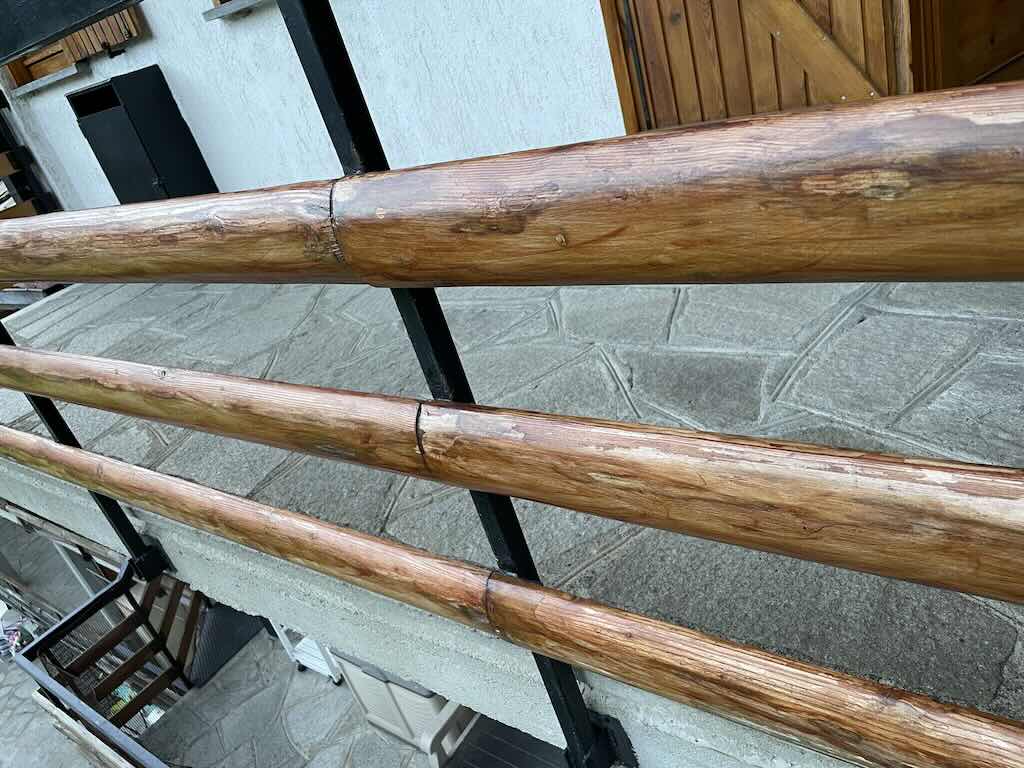
A (new) final word on brushes
In 2023 I mentioned using a simple brush with nylon or polyester ‘hairs’.
However, this time (2024) I used a much larger round brush. Given the gel nature of the varnish I used this time, a bigger rounded brush meant that I could cover more surface without the risk of drips, etc. A very good decision.
References
Andy Charron, “Water-Based Finishes“
Bob Flexner “Understanding Wood Finishing“
I was particularly impressed with the tips, etc. provided by Jeff Weiss of TargetCoatings
In 2024 I found “Varnish failures cause and remedy” very helpful.
